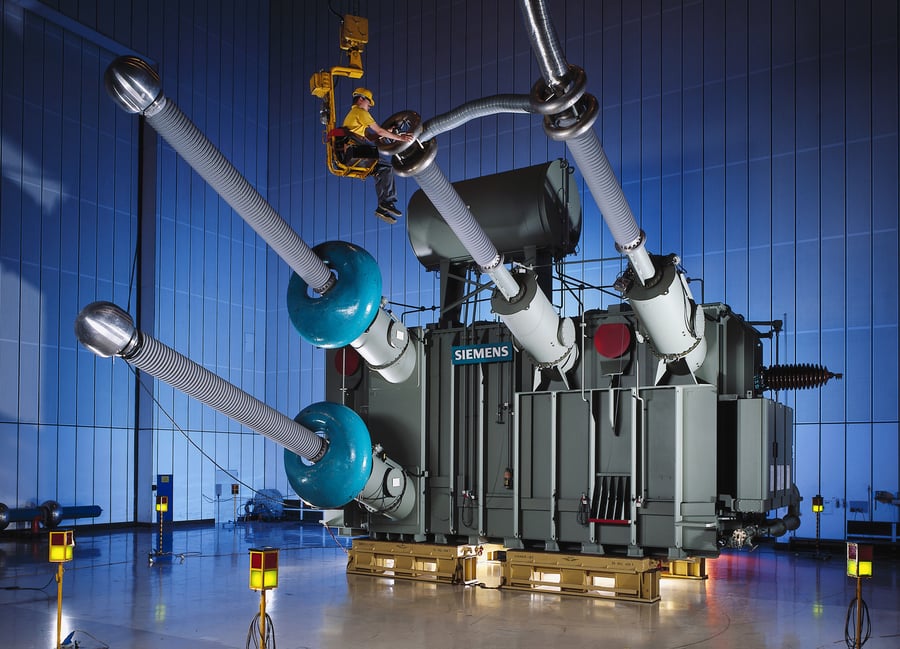The U.S. Environmental Protection Agency’s (EPA’s) plan to regulate carbon emissions is just the latest challenge facing the U.S. electric power system. Technological innovation is disrupting old ways of doing business and accelerating grid modernization. Last year, AEE released Advanced Energy Technologies for Greenhouse Gas Reduction, a report detailing the use, application, and benefits of 40 specific advanced energy technologies and services. This post is one in a series drawn from the technology profiles within that report.

There are two types of currents that can be used when transmitting electricity: Alternating Current (AC) and Direct Current (DC). The electric grid developed around AC power because it was easier to manipulate and transport efficiently given technological limitations with DC transformers that persisted until the 1980s. Technological advancements have now made high-voltage DC (HVDC) lines a viable option for efficiently transporting power over long distances. With HVDC, converters draw AC power from the grid and convert it to DC power. The DC power flows in one direction over the transmission line, and then goes through a second conversion at the other terminus back into AC power, where it is injected into the grid. The use of converters at either end allows HVDC lines to transfer power between two interconnects without disrupting either system.
HVDC has been used for decades in underwater and underground transmission projects where AC use is limited, but its use in aboveground transmission is increasing, primarily for moving large amounts of remote wind and hydro power to distant load centers. Between 2011 and 2012, revenues in the HVDC industry doubled from $950 million to $1.9 billion. For example, Clean Line Energy is currently building several HVDC lines to transport wind power from the wind-rich Midwest to distant population centers. Four planned lines will connect enough renewable energy to avoid 15 million tons of CO2 each year.
The increased power density of HVDC lines allows them to carry the same amount of energy as AC lines while using narrower rights-of-way and fewer towers, which reduces land requirements and eases siting considerations. HVDC lines do have fixed upfront costs regardless of line length, as the lines require converters to tie into the AC grid. However, energy losses are lower on HVDC lines than for comparable AC lines. For example, an 800 kV HVDC power line over 1,000 miles loses less than half the power of a comparable 765 kV AC transmission line. The lower line losses and the need for fewer substations to correct for power quality along the transmission line combine to generate cost savings over long distances. As such, HVDC’s cost advantages rise with distance such that it is more likely to be competitive when the length is greater than 250 miles.
